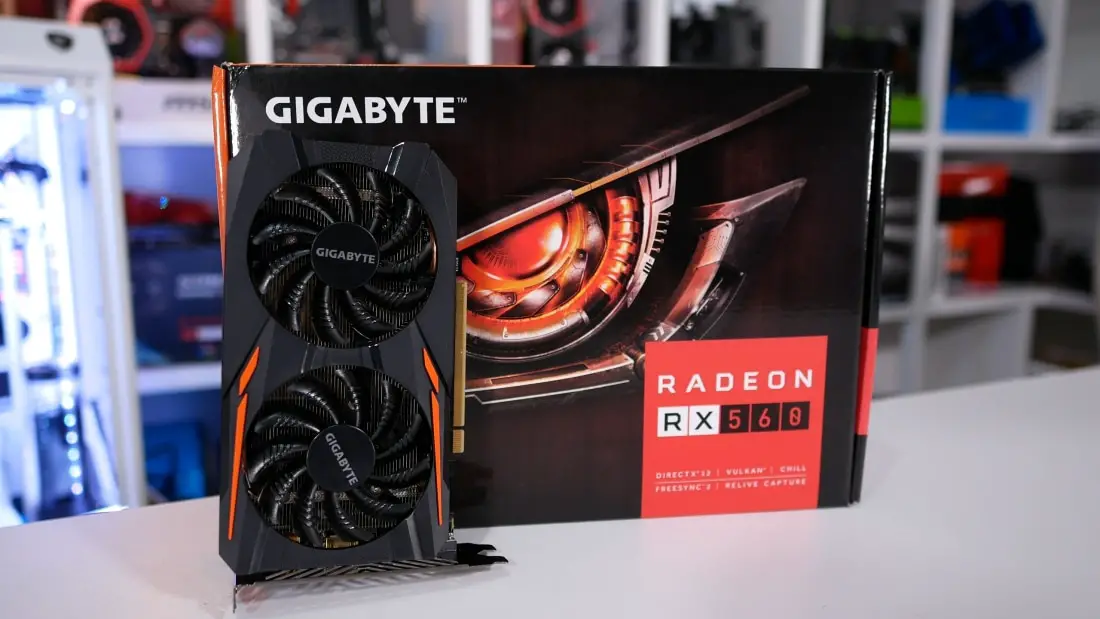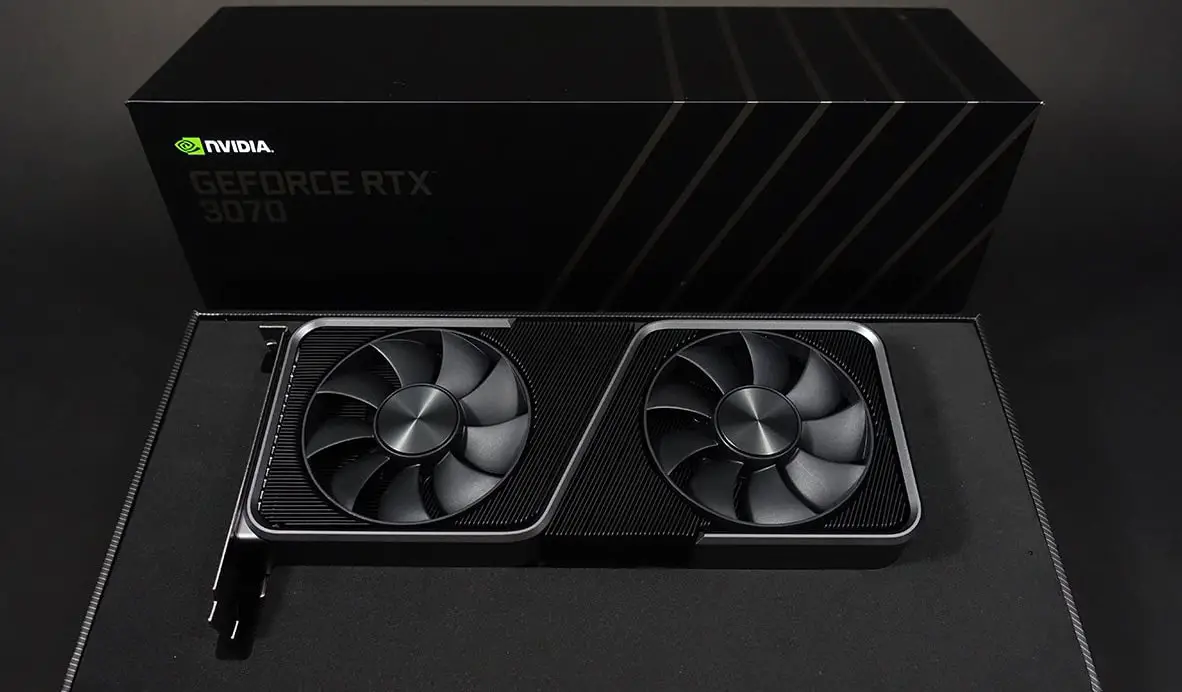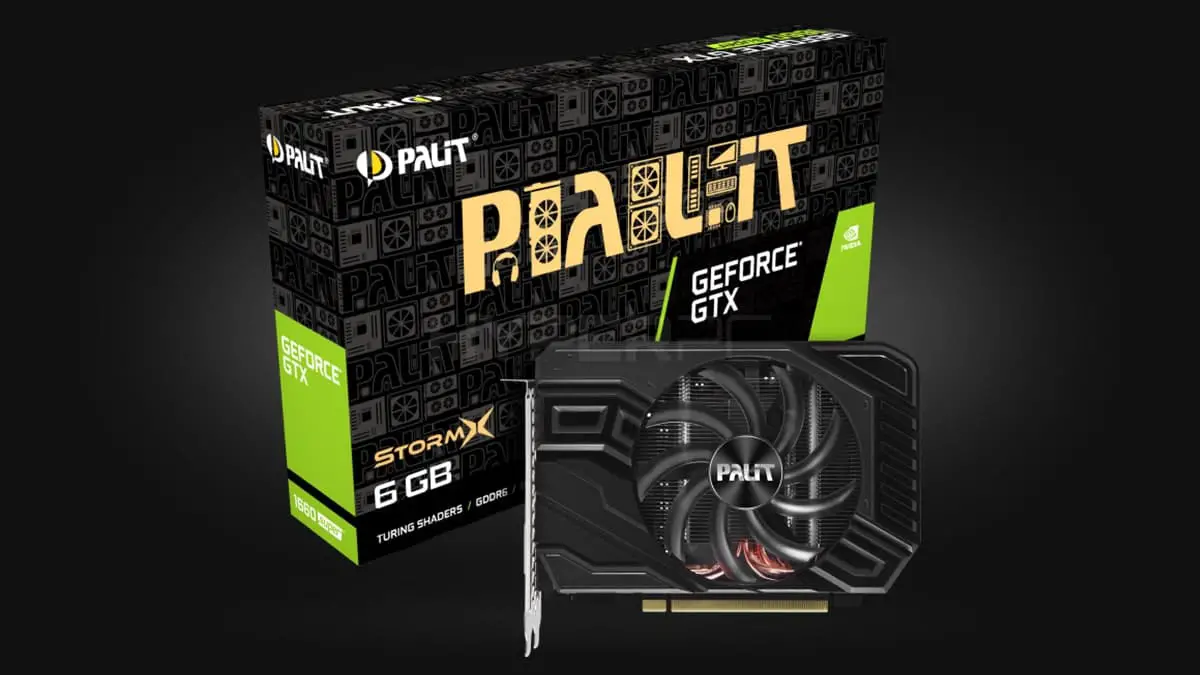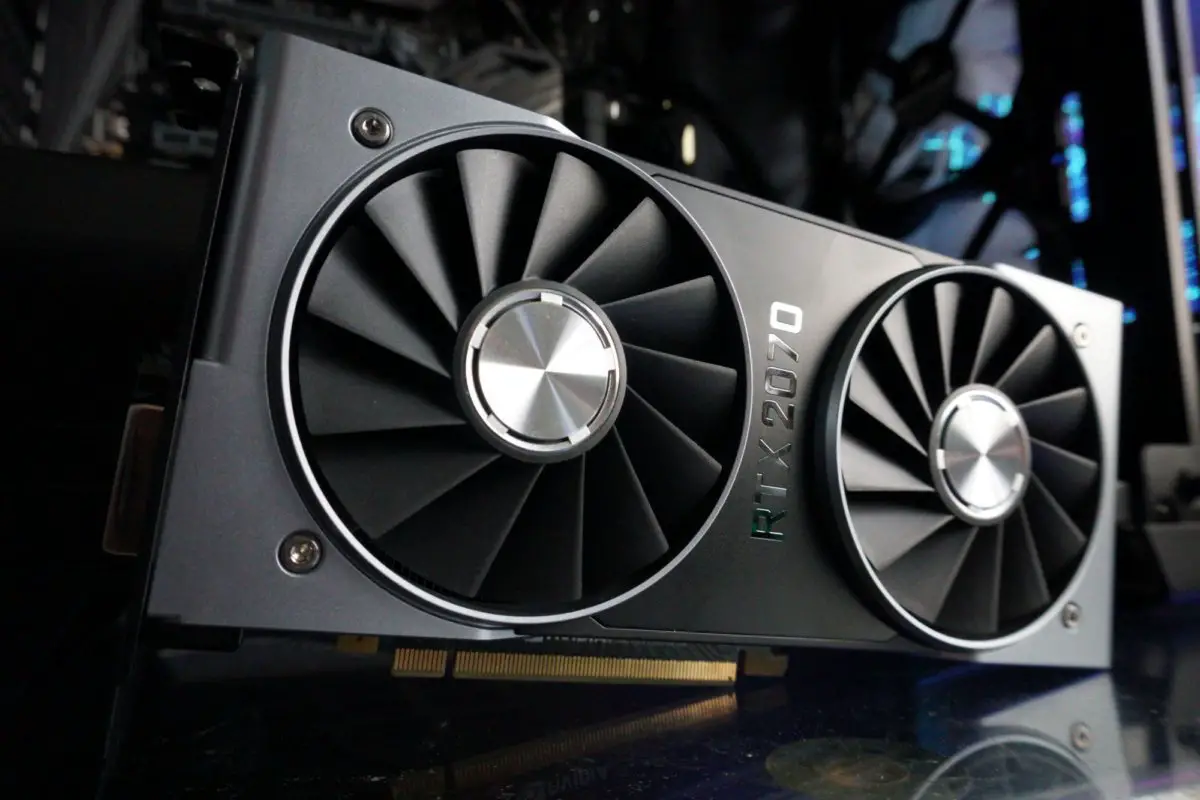If you are interested in cryptocurrencies and want to start mining alt coins, you can do so without breaking any money. Much of the mining coverage is focused on discrete high-end desktop graphics cards as they are the most profitable. The only problem is that almost all of these cards are sold out and in such high demand that prices are outside of this world.
The good news is that you can start mining on low-cost GPUs quite easily without taking out a second mortgage or selling off body parts. You won’t make a lot a day, but the blockchain transactions you help process will bring you something, and that’s better. than nothing. It’s also a great opportunity for those who have never owned a PC before to learn how to assemble one.
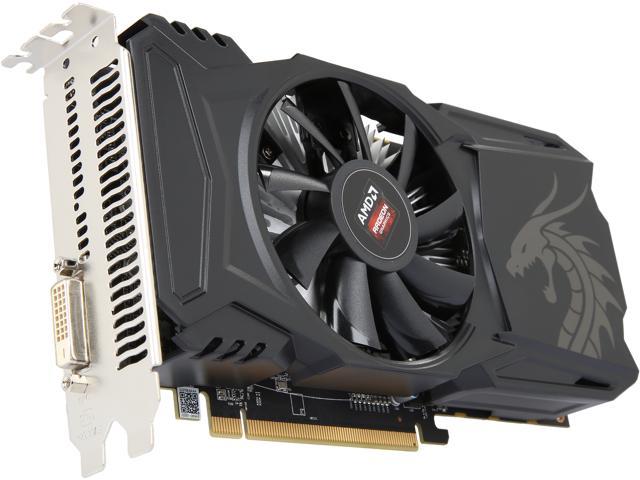
Today we are going to focus on cards that are just below the optimal mining level, namely the NVIDIA GeForce GTX 1050 Ti and AMD Radeon RX560 / 550 series graphics cards, which are models immediately after the NVIDIA GeForce GTX 1060 and AMD Radeon RX 570, which are very demanded by miners. A quick look at Amazon found that the AMD Radeon RX 560 4GB graphics card can be found starting at $ 187 plus shipping, while the NVIDIA GeForce GTX 1050 Ti 4GB graphics card can be purchased for $ 202.85. When the NVIDIA GeForce GTX 1050 Ti first came out in 2016, it was priced at $ 139, so even these lower-end models weren’t completely immune from the mining craze.
The big miners don’t earn enough attention on these cards to pay a lot of attention to them, so you might find many of these cards in stock. The question is, if the big miners don’t need them, are they worth it for you? Cryptocurrency prices are dropping right now, but these cards expect to generate around $ 1 a day in revenue excluding electricity costs if someone mined popular coins like Ethereum and sold the coins right away.
Boards with 4GB of GDDR5 memory run on a 128-bit 7Gbps (1750MHz) memory interface. This card has a TDP rating of 75W and is very tiny – less than 7 inches in length. For testing, we used NVIDIA GeForce 390.77 drivers.
In the lower left corner is the PowerColor Red Dragon Radeon RX 550 2GB GDDR5 (AXRX 550 4GBD5-DH / OC). This card was released in April 2017 and has 512 stream processors clocked at up to 1190 MHz. The big drawback of this card is that it only has 2GB of GDDR5 memory running on a 128-bit 7Gbps memory interface. (1750 MHz). To mine Ethereum, you will need over 2GB of GPU memory, but we include that as you can still mine other alternative coins with this model with a nominal power of only 50W. For testing, we used AMD Radeon Software Crimson Adrenalin Edition 18.2.2 drivers.
The best thing about AMD Radeon RX 560, AMD Radeon RX 550 and NVIDIA GeForce GTX 1050 Ti is that many models are available without any PCIe power connectors. All three cards we use today do not have 6-pin power connectors. PCIe. This simplifies installation as these cards get all the power they need from the PCIe slot.
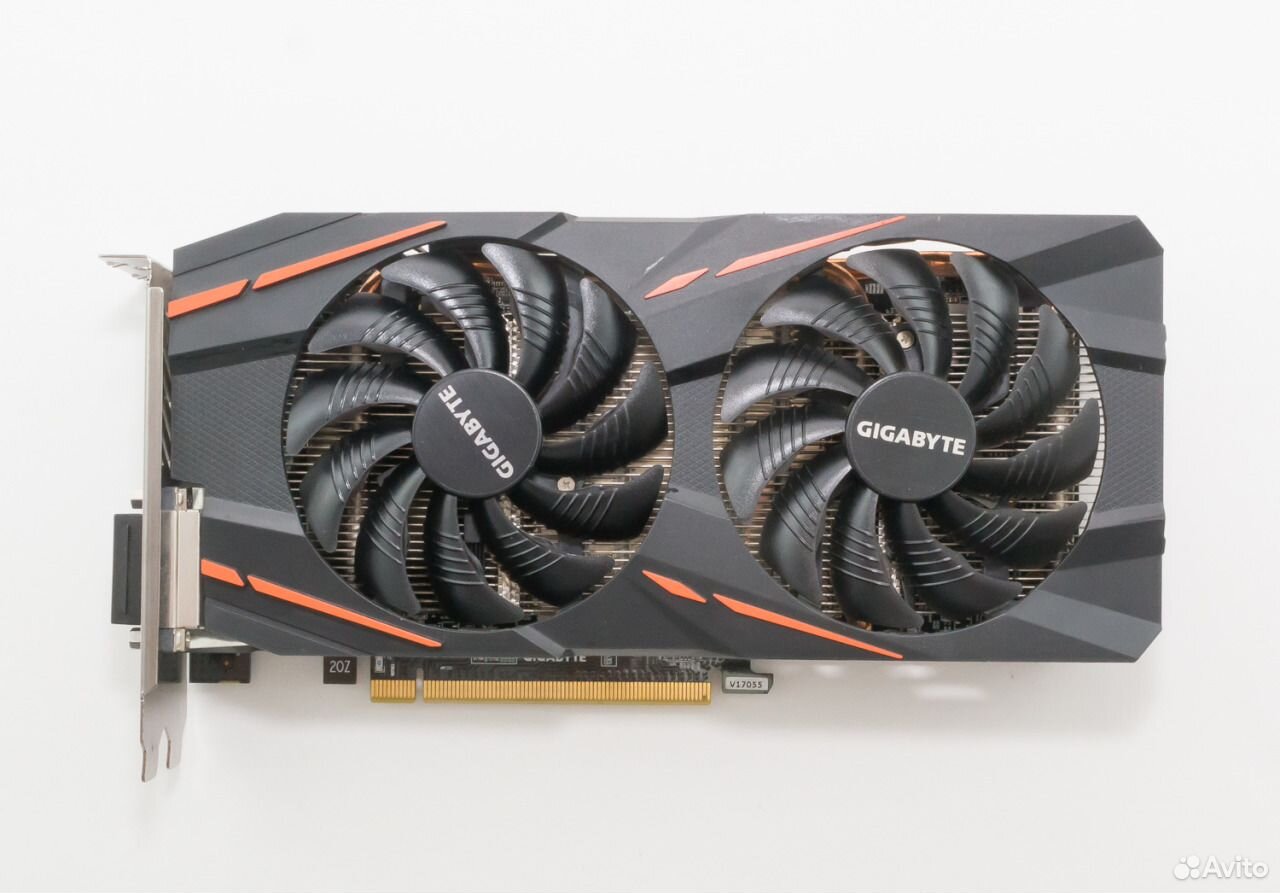
To test these cards, we will be running them individually on the new AMD Raven Ridge platform with an AMD Ryzen 5 2400G processor and 16GB of 3200MHz DDR4 memory from G.Skill (see the full platform here). We ran Windows 10 v1709 with all available updates and only tweaked the OS by disabling Windows Defender as it damages the latest mining utilities. We will not change vBIOS on any of these cards as regular miners do not go to these extremes trying to achieve maximum performance as they often use the same system they mine on for day-to-day tasks or games.
When it comes to Ether mining, we found that the Radeon RX 560 comes with 10.2 MH / s at 102W as standard. This platform with the Radeon RX 560 consumed 36.8 watts at idle, so we were looking for 65 watts of extra power for mine. When we manually adjusted the card’s power settings and overclocked it using the AMD Radeon Wattman utility, we were able to increase the mining performance to 13.
6 MH / s and reduced power consumption to 102 W. This was done by simply reducing the power target to -25% and overclocking the memory from 7Gbps to 8Gbps. It should be noted that MSI Afterburner only allowed memory overclocking up to 1950 MHz, so we used Wattman to achieve 2000 MHz. Not all overclocking utilities allow you to perform the same overclocking, as the limits are different.
NVIDIA GeForce GTX 1050 Ti started life at 12.3 MH / s with standard settings, and by overclocking the card, we managed to improve this value to 14.1 MH / s. We achieved such a good jump in performance by overclocking the memory from 1752 MHz to 2052 MHz and were able to reduce the power limiting by 30%, which is the maximum for this model. With NVIDIA GeForce GTX 1050 Ti on the Raven Ridge test platform, we got a total system power in standby mode of just 32.3W, which increased to 99W when mining at standard settings and only 75W at optimal settings. This means that Ethereum mining at just over 14 MH / s was running at 42.5 watts.
Impressive efficiency!
We don’t have the results of mining Ethereum on AMD Radeon RX 550 as the 2GB frame buffer is too small. There are several reasons why there is no ASIC for Ethereum. The Ethash algorithm was designed with ASIC resistance in mind at the expense of memory hardness and currently requires 3GB of framebuffer, which will eventually grow to 4GB as the DAG Epoch continues to grow. Memory for high-end graphics cards is expensive and in short supply, and so far has kept Bitmain’s rumored Etehreum ASIC miner from entering the market.
If you are not interested in Ethash algorithm coins, there are many others. One of the other popular algorithms for alt coins is CryptoNight, and this is an area where AMD hardware has performed very well. Some alternative coins using this algorithm that can be easily mined are Monero, Karbo, Electroneum, Sumokoin, Dinastycoin, and Bytecoin. The results here were obtained with the XMR-STAK-WIN64.
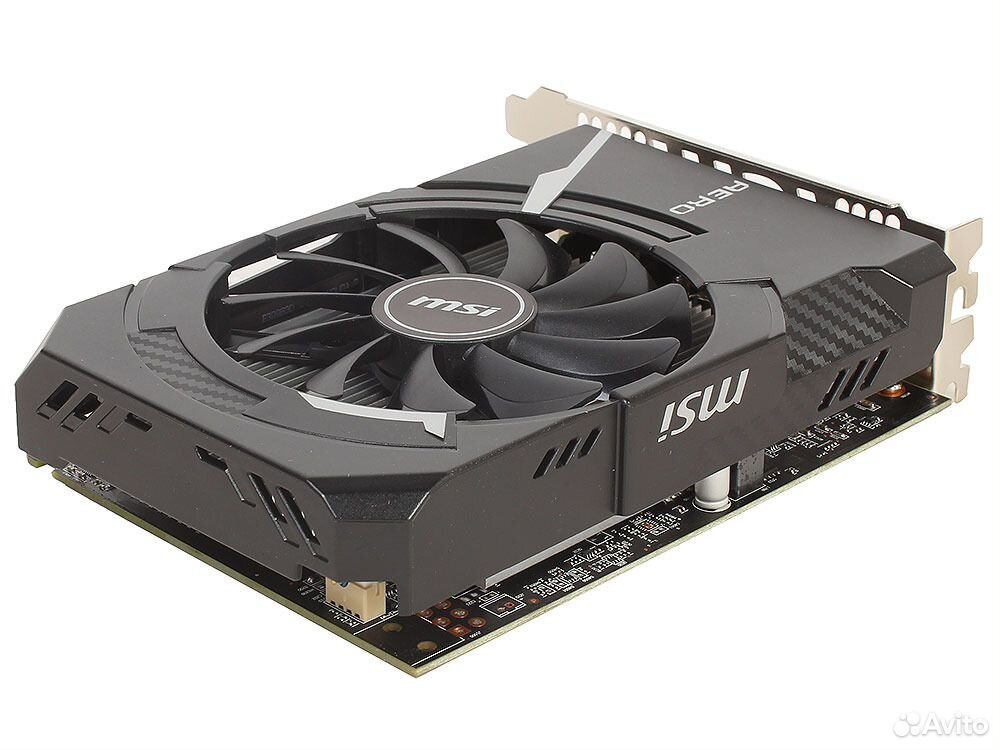
Right out of the box, without any tweaks, you see the MSI GeForce GTX 1050 Ti running at 310 Hz / s, the ASUS Radeon RX 560 at 290 Hz / s and finally the PowerColor RX 550 at 210 Hz. / sec. Not bad results, but overclocking and adjusting additional settings for mining utilities will help improve performance.
Overclocking the PowerColor Radeon RX 550 2 GB (our card had Elpida GDDR5) from 1190 MHz core to 1300 MHz and increasing Elpida GDDR5 2 GB memory from 1750 MHz to 1800 MHz did not change the hashrate. We even increased the power, but nothing significant happened. It was only when we set up two streams in the XMR-STAK and adjusted the intensity for each stream that we were able to see performance improvements. Our Radeon RX 550 went from 212 H / s to 321 H / s by increasing to two streams at 400 intensity! That’s a 52% improvement in performance. More advanced miners can modify RX 550 cards in BIOS and adjust straps to get over 400 H / s on this model!
The ASUS ROG STRIX RX560 4GB model (Micron GDDR5 was on our card) that we used for testing has the less desirable Baffin GPU which has just 896 cores, but we were able to bump the speed from 287 to 395 H / s.
… That’s a nice 34% performance boost thanks to the overclocking and config file tweaks in XMR-STAK.
15-minute average 575 H / s with AMD Ryzen 5 2400G and Radeon RX 560 GPU
Final thoughts:
If you’re thinking about random mining, the three cards we reviewed today are good choices for those on a tight budget. These cards won’t break hashrate records, but they are handy for overclocking and modifying. If you are new to mining and are ready to get a few cards to learn how to tweak and modify the BIOS for your particular model, then these cards are perfect. In general, they are inexpensive and you can see if you like mining alternative coins. These cards are also extremely flexible and can mine many different currencies.
For example, just for fun, we ran Nicehash on an NVIDIA GeForce GTX 1050 Ti when we played with it at standard clock speeds, and during the day it was noticed that it performs the following algorithms: NeoScrypt (435 KH / s), Equihash (172 H / s), CryptoNight (311 H / s) and Ethash (12.3 MH / s).
Decent grades across the board, and it’s important, as if one of today’s popular coins fell, you could mine hundreds of others. Just remember, it’s better to make money than to do nothing! Mining one or more of these cards will not bring much profit per day, but they are profitable and almost silent when mining.





